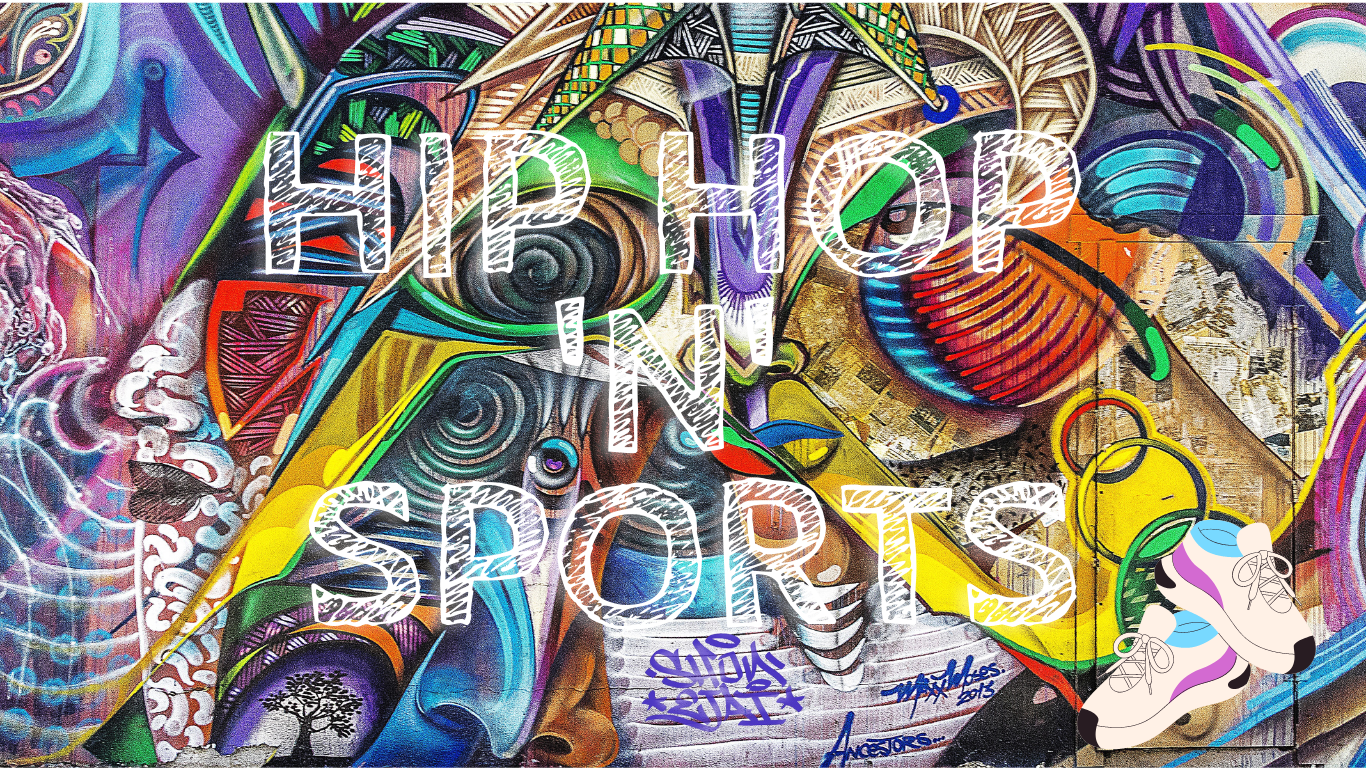When you think of hip-hop culture, it’s easy to limit it to its musical expressions, because of the core elements which are Djing, MCing, Breakdancing and Graffiti.
Think back to the East Coast-West Coast hip hop rivalry in America in the 90s and how facets of the rivalry seeped into politics, movies and social issues, you’ll understand just how powerfully hip-hop influences a lot of things.
Movies have always been a great medium to show how elements of hip hop influence daily lives, big decisions and even small ones. Some favourites classics are Set if off, Juice, Boyz n the Hood, Fresh and Poetic justice.
Hip hop became more than just something to pass time, it became an identity and a form of expression.
Let’s take on sports.
In 1970 Pele was leading what is considered the best ever Brazilian team to their third World Cup title in Mexico. Not far away in the Bronx, the foundations of hip-hop were being laid. In underground raves, in block parties and street cyphering.
The World Cup was sports’ biggest event in the 70s. It was the first time football fans got to watch the tournaments in real-time on their tv at home. It was also the first World Cup held outside Europe or South America. It was new and exciting. For hip-hop culture, it was Sugarhill Gang’s Rapper’s Delight
“said-a hip, hop, the hippie, the hippie
To the hip hip hop-a you don’t stop the rock
It to the bang-bang boogie, say up jump the boogie
To the rhythm of the boogie, the beat”
Although rap is the most popular element of hip-hop, to understand it, you need to scrutinize its other key elements. In doing so, you’ll realize that what ties them all together is expression. Hip-hop developed because people needed to express themselves in ways that the politeness of everyday conversations didn’t allow. That need made it possible for hip-hop to have a global infusion.
For that infusion to truly happen, hip hop needed to borrow from its communities and their feelings. To be an extension of them as a form of expression.
“Kool Herc and others—Jamaican born DJ Clive “Kool Herc” Campbell is credited as being highly influential in the pioneering stage of hip hop music, Herc created the blueprint for hip hop music and culture by building upon the Jamaican tradition of impromptu toasting, boastful poetry and speech over music. This became Emceeing – the rhythmic spoken delivery of rhymes and wordplay, delivered over a beat or without accompaniment—taking inspiration from the Rapping derived from the griots (folk poets) of West Africa, and Jamaican-style toasting.”
What is the place of sports in hip hop?
Sports gives a freedom of expression that is almost as artistically concise as the elements of hip-hop. In the 80s and 90s music experienced a revolution. Public Enemy dropped their iconic “It takes a million to hold us back”. LL Cool in Rock tha bell told us
“L.L. Cool J. is hard as hell
Battle anybody I don’t care who you tell
I excel, they all fail”
He also told us about his Air Jordan 1
“Down, to the rhythm that’ll rock the walls
Cold sportin’ Air Jordans, and I’m on the ball”
While Run-DMC reminded us that; “I wear my Adidas when I rock the beat…”
At that time, sneakers through hip hop had found a place in sports and both industries started feeding off each other’s popularity and status. The ‘90s were quite peculiar. Heavyweight boxing gave us Mike Tyson. We were introduced to the wonder of Michael Johnson. Michael Jordan was ruling the NBA. Diego Maradona’s hand of God was born! It was phenomenal. Kids wanted to be and act like the stars. The line of what was considered mainstream blurred a bit because cultures kept crossing over and interacting. It was a battle to win our hearts.
Women’s sports started its slow journey back into the mainstream. The first-ever women’s world cup took place in 1990, Sheryl Swoopes was dunking it in the basketball courts, Chioma Ajunwa ran towards gold to win Nigeria’s first-ever Olympics gold medal. Most kids all around the world wanted to own a piece of their favourite music or sport star to feel cool.
The ‘70s laid a solid background but the ‘90s blew everything up in music and sport. They were becoming big business, the rivalry more intense, and the passion bigger.
But it is not just entertainment and fashion they share in common.
An article on the healing power of hip-hop from theconversation.com put it nicely:
“Hip hop emerged as a reaction to the gang culture and violence of the South Bronx in the 1970s, and daily experiences of poverty, racism, exclusion, crime, violence, and neglect. It necessarily embodies and values resilience, understanding, community and social justice.
Yet, the hip hop project is not free from these difficult circumstances. Many communities around the world still battle the effects of discrimination, segregation, and injustice.”
Applying these same principles to sports, sports started off as an exercise to amuse the elite but over the years, it became an escape for the poor and oppressed. It was a way to say what needed to be said without saying anything at all. When you scored a goal, earn a point, make a save, pull off a comeback or dribble across the field, it is a way to say see me, recognize, and understand my story.
While it has been an effective tool, communities around the world still battle inequality, and the effect of poverty.
There has always been a melting point for hip-hop culture and sports to meet, and it is not just in America. Over the years, it has always had a global form. We see those expressions in K’naan’s Waving Flag, Kobe Bryant’s self-titled album, in Liverpool’s 1988 FA Cup Team “Anfield Rap”, in Asamoah Gyan’s African Girls etc.
Although not always successful or easily understood, with each artistic expression of hip hop in sports, in some way we are transported to a time in the ‘70s.
Thanks to Foster community’s Gudrun Cartwright and Anna McPhee for helping me edit and refine this piece.


